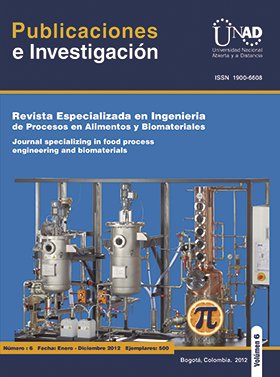When the Publicaciones e Investigaciones Journal receives an original study or article from its author(s), whether by email, postal service, or the platforms available for said purpose, know that it may be published in physical or electronic formats in national or international archives, databases, or SIRES. As such, Publications and Research authorizes the reproduction and citation of said material, provided that the description of information is carried out in conformity with bibliographic norms, and mention the corresponding names, authors, article, issue, and pages. Publications and Research, in advance, expresses that the information, concepts, and methods are the responsibility of the author(s). As such, the UNAD does not have any influence whatsoever over that expressed in the manuscript.
Application of Ultrasound in the Food Industry
Ultrasound is an emerging technology with more research and development for food preservation, one of the qualities of is the reduction of the concentration of microorganisms, inhibition of enzyme activity without altering the physical, chemical and nutritional foods.
It was conducted direffent literature sources analysis to develop a document with ultrasound applications in main food technology processing, the benefits of cavitation effect, intensity and frequency applied in each of researching works that have been made today.
When the Publicaciones e Investigaciones Journal receives an original study or article from its author(s), whether by email, postal service, or the platforms available for said purpose, know that it may be published in physical or electronic formats in national or international archives, databases, or SIRES. As such, Publications and Research authorizes the reproduction and citation of said material, provided that the description of information is carried out in conformity with bibliographic norms, and mention the corresponding names, authors, article, issue, and pages. Publications and Research, in advance, expresses that the information, concepts, and methods are the responsibility of the author(s). As such, the UNAD does not have any influence whatsoever over that expressed in the manuscript.








